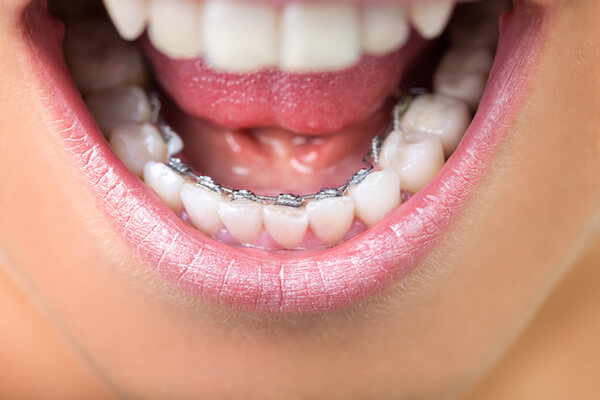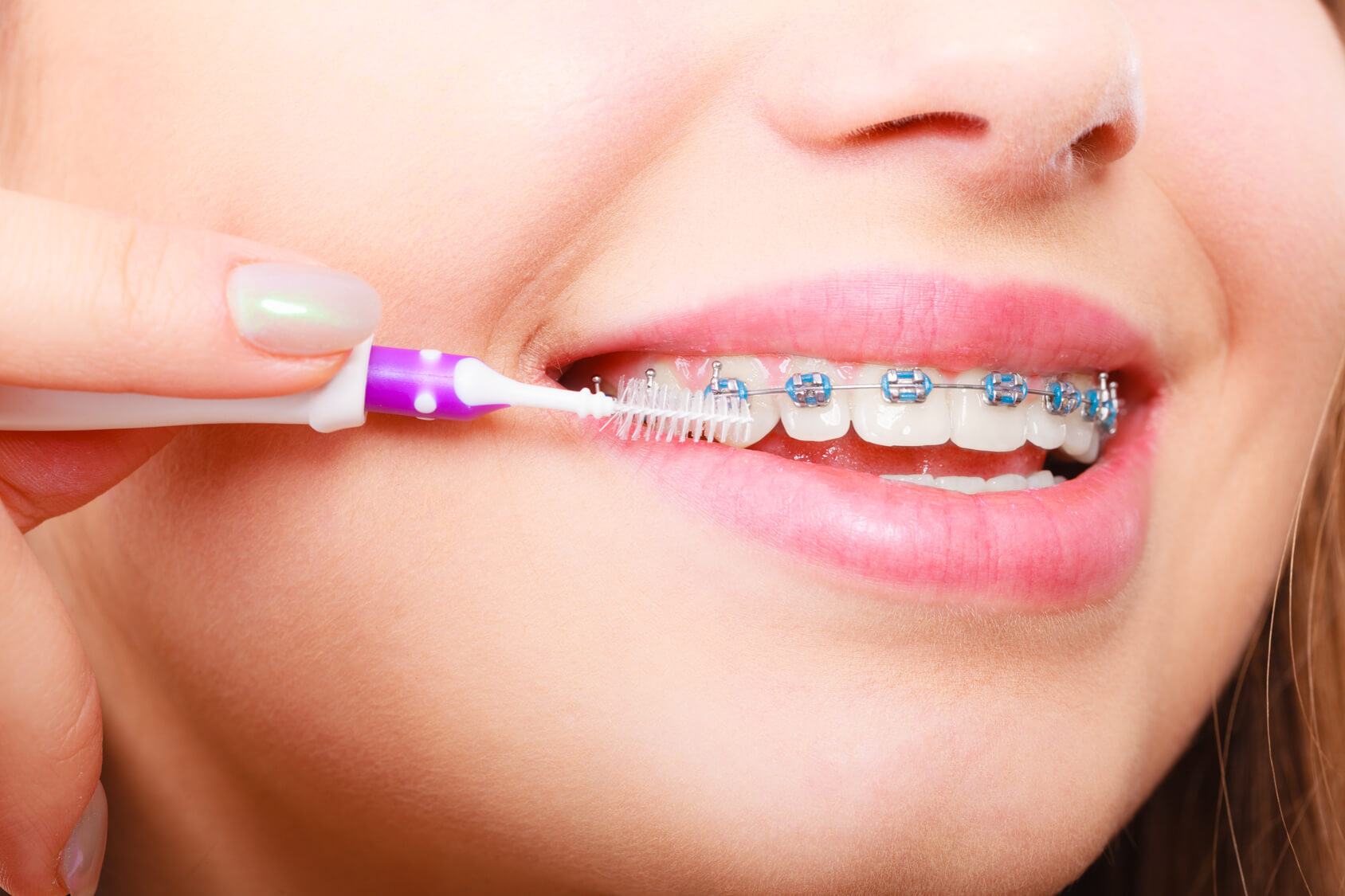Everything You Didn’t Know About Lingual Braces

When it comes to straightening the teeth, there are many different orthodontic options. One of them is lingual braces. Still, many people are not familiar with this relatively new orthodontic appliance. Here is a bit of information to explain everything that you didn’t know about lingual braces:
Exactly what are lingual braces?
Lingual braces are braces that are positioned on the rear side of the teeth, next to the tongue. Since they are not applied to the front of the teeth, they are not readily displayed when you smile, speak or laugh.
Lingual braces are made of metal, just as traditional metal braces are. In addition, they work in a similar manner. They apply consistent but gentle pressure to coax the teeth into proper alignment.
What is the process for receiving lingual braces?
Once your orthodontist has assessed your teeth and confirmed that lingual braces will work for you, he or she prepares a mold or impression of your teeth. This impression is forwarded to a dental lab, where it is used as a guide to create the brackets of your braces. The process takes several weeks. Once the brackets are received back at the dental office, the orthodontist affixes the brackets to the back side of the teeth using dental cement.
How long does the treatment take with lingual braces?
Aligning the teeth with lingual braces usually takes between a year-and-a-half to three years. The time needed to reposition the teeth depends on how severe your misalignment and bite issues are.
Are lingual braces more expensive than traditional braces?
Lingual braces do cost a bit more than traditional braces due to their customized design. However, if you are an adult who is choosing to have your teeth straightened, the extra cost is probably more than worth the investment. Many adults prefer to have their teeth realigned discreetly.
How do you care for lingual braces?
Lingual braces, like other orthodontic appliances, require regular cleaning in order to discourage tooth decay and gum problems. Once your lingual braces are installed, be sure to do the following:
- Brush twice daily. Even with your braces in place, you will still need to brush your teeth at least two times a day for two minutes or more. This will help ensure that plaque does not build up on your teeth or your orthodontic appliance.
- Floss at least once a day. It is also important not to neglect to floss after receiving your braces. A floss threader is often a great option for people who wear braces to ensure that the dental floss can be navigated around the brackets. Even though you may be brushing meticulously, a toothbrush is unable to reach the areas between your teeth.
- Use an oral irrigator. Oral irrigators or water flossers can help remove food particles and plaque that may become trapped in your brackets or between your teeth. The irrigator includes a wand that directs a concentrated stream of water at the desired area of your mouth to flush away debris.
- Use a fluoride rinse. Using a fluoride rinse while wearing your braces can help ensure that your teeth remain strong. Fluoride can make your teeth more resistant to damages from bacterial acid. When your tooth enamel is exposed to fluoride, the substance attracts dissolved minerals back to the surface of your teeth to form a new, more acid-resistant tooth material.
- Visit your dentist every six months. With lingual braces, you still need to receive routine dental cleanings at least every six months to ensure that tartar buildup is regularly removed during your alignment process.
Is there any discomfort associated with lingual braces?
Like other types of braces, your mouth will need to become acclimated to the lingual braces. Initially, there may be a bit of irritation to your tongue. However, wax can be used to cover the braces and make them less irritating as you become accustomed to them. Also, you will have to get used to speaking while wearing the braces.
With traditional braces, patients have to become acclimated to moving their lips over the bulk of the braces on the front of their teeth. With lingual braces, you must become acclimated to moving your tongue while having the brackets bordering the backside of the teeth. Acclimation doesn’t take long at all, but the sensation may feel foreign to your tongue at first.
To determine if lingual braces are right for you, contact our office to schedule an appointment.









Let's Get Social